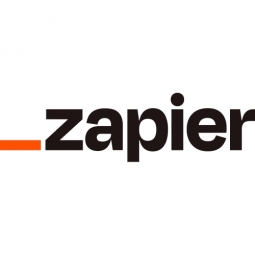Improving Inter-Team Communication at Calendly: An IoT Case Study
- Networks & Connectivity - 5G
- Equipment & Machinery
- Sales & Marketing
- Time Sensitive Networking
Calendly, an online scheduling platform, was facing a challenge in inter-team communication. The company was neither a small startup nor a Fortune 500, and thus, had its unique communication needs. The teams within the company were communicating and sharing information, but the process was inefficient. The tools each team relied upon did not sync with each other, leading to manual data transfer across teams and departments. This manual process was prone to forgetfulness, mistakes, and was a significant time drain. The company needed a solution that could get their tools to communicate as efficiently as their teams.
Calendly is an online scheduling platform that allows users to schedule meetings without the back-and-forth emails. The platform is designed to enable individuals and businesses to schedule meetings, interviews, demos, and more with ease. Calendly integrates with Google, Outlook, Office 365, and iCloud calendar to avoid double booking. It also integrates with apps like Salesforce, Stripe, PayPal, Google Analytics, and Slack. Despite being neither a small startup nor a Fortune 500 company, Calendly has its unique communication needs and challenges, which were addressed through the implementation of Zapier.
Calendly turned to Zapier, an app automation tool, to bridge the communication gap between their tools. Zapier was used to connect apps like Zendesk, Airtable, Gmail, and Salesforce, which were integral to Calendly's operations. Zendesk, which housed their knowledge base, support requests, customer feedback, and new leads, was connected to other teams through 'Zaps', a bridge between two or more apps. For instance, when users submitted feedback through unofficial channels, it landed in Zendesk. From there, a Zap was built to send this feedback to Airtable, creating an ongoing feedback loop between the support and product teams. Similarly, potential leads were automatically emailed to the sales team by pairing Zendesk with Gmail in a Zap. Another Zap was used to send potential leads to Salesforce for the sales team to manage. This automation ensured instant cross-team communication, eliminating the need for manual data entry or transfer.
Related Case Studies.











